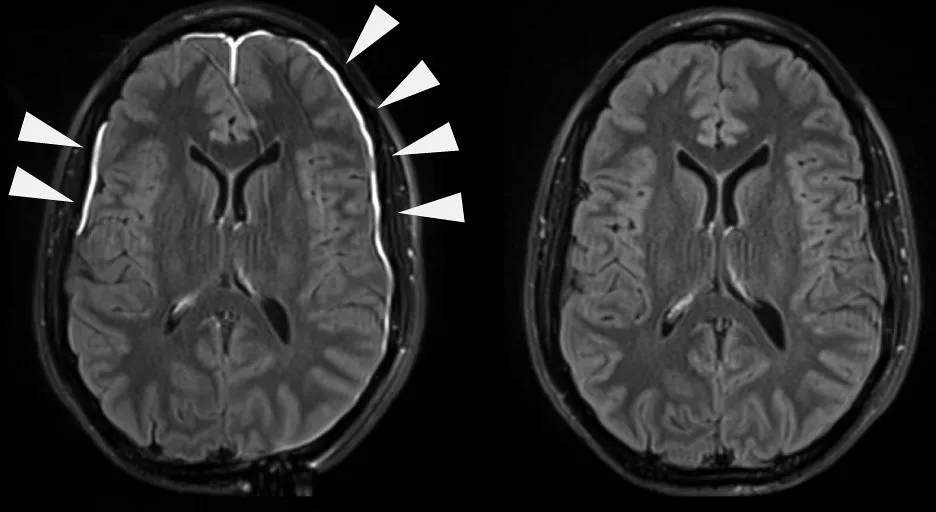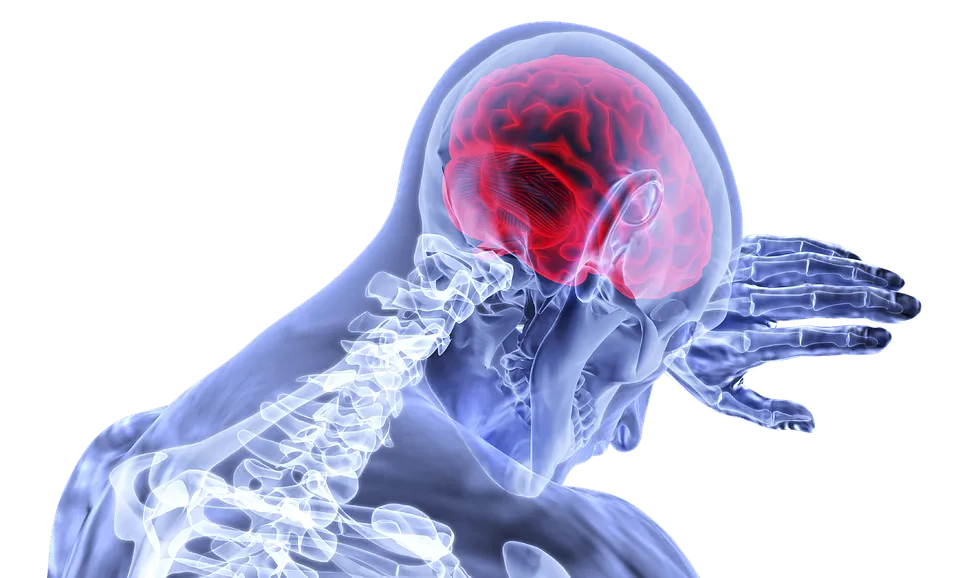Yearly, about 2.8 million Americans get a brain injury and about 5.3 million people in the United States are living with a permanent brain injury-related disability, about 52 thousand people die from this brain injury yearly and about 1 million people have some kind of cognitive impairment in the United States. It is in recent times that people have began to look at cognition but then a lot of people do not pay attention to brain injury until they have injury themselves or it affects someone they know.
People can get brain injury from something every day activity, it isn't specific for football or rugby players alone. Even from a car accident where the head goes forward can cause a brain injury because the brain goes back and forth in the skull leading to a coup contrecoup injury.
Traumatic brain injuries are typically categorized into two stages: primary brain injury, stemming from the immediate physical impact on the brain, and secondary brain injury, characterized by biochemical trauma like swelling, intracranial pressure, ischemia, and hemorrhaging triggered by the initial trauma. Secondary injuries can manifest within minutes, hours, or days following the primary injury and often prove more detrimental than the initial physical impact.
Primary injury caused by impacts causes a rapid acceleration of the brain. This rapid acceleration of the brain causes diffuse axonal shearing which injures neural fibers, and mechanical tear of the axon membranes which causes calcium to flow into neuronal cells. The intrusion of calcium signals the commencement of secondary injury as the activation of the KALPANA enzyme breaks down the neurons' cytoskeleton, leading to cell death.
As the axons are torn, neurotransmitters such as gutamate begin to leak. Glutamate is an exciting neurotransmitter and when released in large quantities, it can cause problems. The presence of glutamate in the neuron causes the neuron to fire at a higher rate which can lead to cell suicide. Cells that experienced trauma begin to necrose as it begins to release harmful enzymes to the neighboring cells, leading to a cascade of cell death. Other brain injuries would include cerebral edema, intracranial pressure, and reduced blood flow caused by brain hemorrhage and intracranial swelling.
Intracranial pressure can be deadly, as it can lead to part of the brain being squeezed passed the skull, and this can lead to inability to communicate, reduced motor skill, delayed reaction and cognitive impairment. This can be avoided by performing a craniectomy where a piece of the skull or the entire skull cap is removed so the brain can expand without being under pressure, and the underlying issue is treated. When the swelling is reduced, the skull is attached back.
It is imperative that we recognize the insidious nature of traumatic brain injuries. By understanding the intricacies of brain injuries, working toward early detection, improved treatment, and ultimately, the reduction of its devastating toll on the lives of countless individuals and their loved ones.
Reference
https://www.biausa.org/public-affairs/public-awareness/brain-injury-awareness
https://www.ncbi.nlm.nih.gov/books/NBK459300/
https://www.med.upenn.edu/cbir/silentepidemic.html
https://pubmed.ncbi.nlm.nih.gov/32200359/
https://www.ncbi.nlm.nih.gov/pmc/articles/PMC2781139/
https://www.ncbi.nlm.nih.gov/books/NBK536965/
https://www.ncbi.nlm.nih.gov/pmc/articles/PMC4694720/
https://www.ncbi.nlm.nih.gov/books/NBK430854/
https://www.ninds.nih.gov/health-information/disorders/traumatic-brain-injury-tbi
https://www.ncbi.nlm.nih.gov/pmc/articles/PMC4133642/
https://nba.uth.tmc.edu/neuroscience/m/s4/chapter12.html

